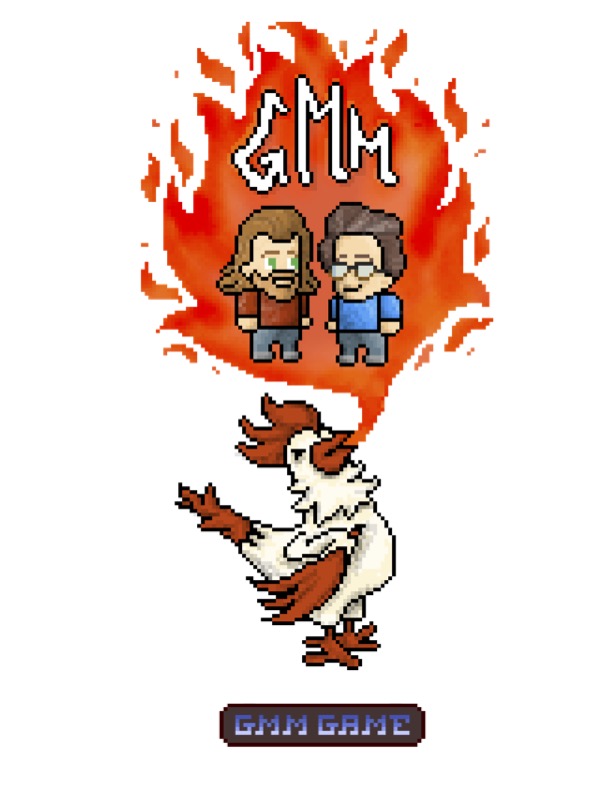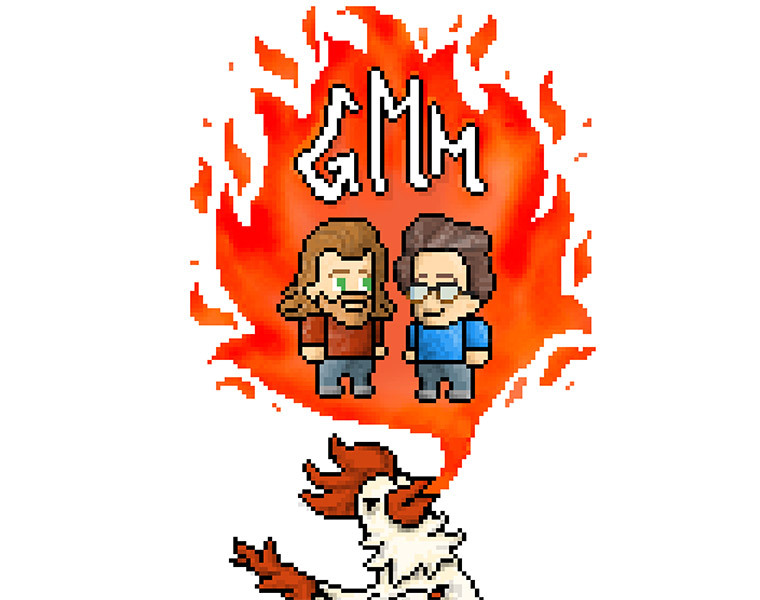Today, Sept. 12, is National Video Games Day, a time to appreciate how far video games have come and celebrate the immersive experiences they offer. To recognize the occasion, The Daily is putting the spotlight on ARTS 286: Introduction to Video Game Design—a course at Case Western Reserve in which students bring gaming to life.

Art classes weren’t really on Jaiden-Malaika Borowski’s radar when she decided to enroll in Case Western Reserve University’s computer science program. Now, one of them might shape the entire trajectory of her career.
Borowski took part in ARTS 286: Introduction to Video Game Design, a course from the Department of Art History and Art in which students explore games through the development and creation of 2D video games—all while building a critical vocabulary and historical context for analyzing games and gaming theory.
“I was debating whether to pursue an art minor and I wanted to try an art class before I decided,” the second-year student explained. “I am really glad that a STEM school like CWRU offers art classes.”
Kerry Richardson, instructor of the course, said the fact that it’s a studio art class—as opposed to a computer science class—allows students to be imaginative.
“I encourage students to develop unconventional concepts for their games,” Richardson said. “I place a lot of emphasis on creating original artwork and audio.”
Borowski, who took the course last spring, said she and her classmates had many informative discussions about art techniques—and even got to learn from some video games by playing them in class.
But, the most impactful part for the Seattle native was creating her own video games from scratch using Twine and Game Maker Studio, which she said made the process seem more professional because “real, published games are made with that same program.”
Richardson challenged Borowski and her peers to make virtually any game as long as it had complexity—and was made with Game Maker Studio.

“We were given full control over the idea and scope of the game,” said Borowski. “I was so impressed by how much we all improved and how individualized our games were even though we all started with the same prompt and teachings.”
She credits the class for reinforcing her desire to minor in art while tapping into her passion for computer science, and feels she is now better equipped to break down complex art projects into more manageable pieces.
And, it demonstrated to her how detailed and difficult creating a video game can be—while also showing her that she was capable of creating one herself.
After she graduates, Borowski wants to continue to combine computer science and art in some capacity, possibly working at an animation studio.


